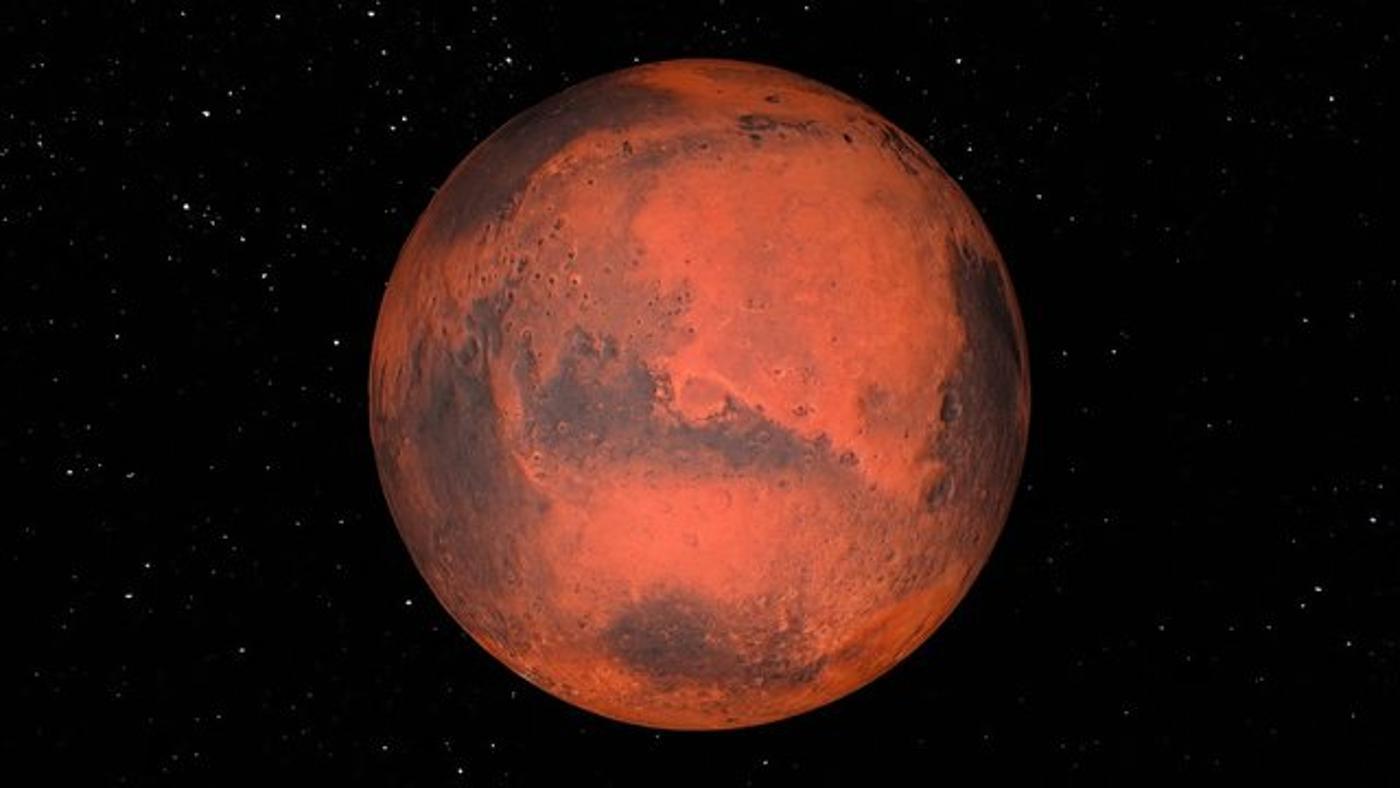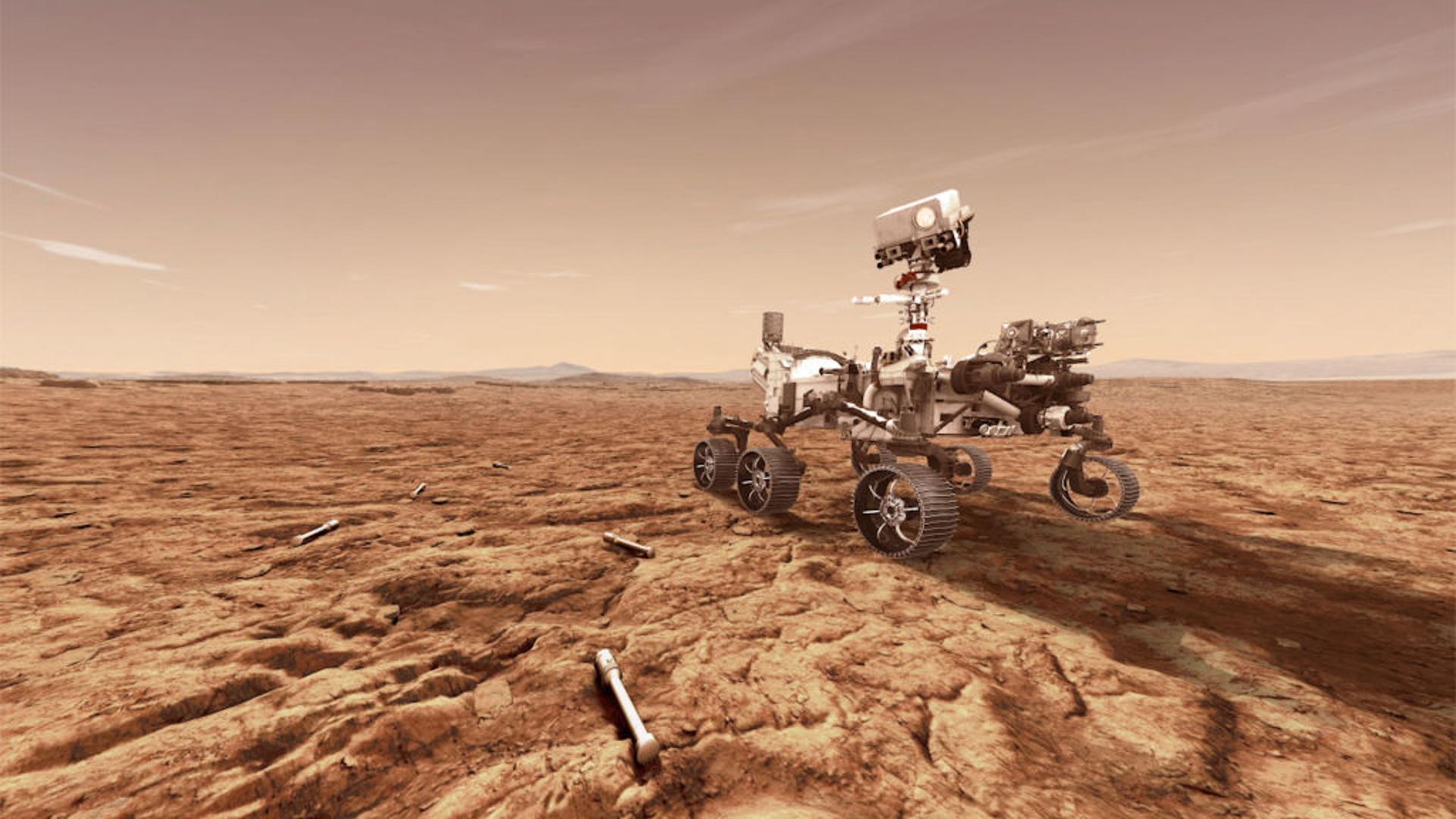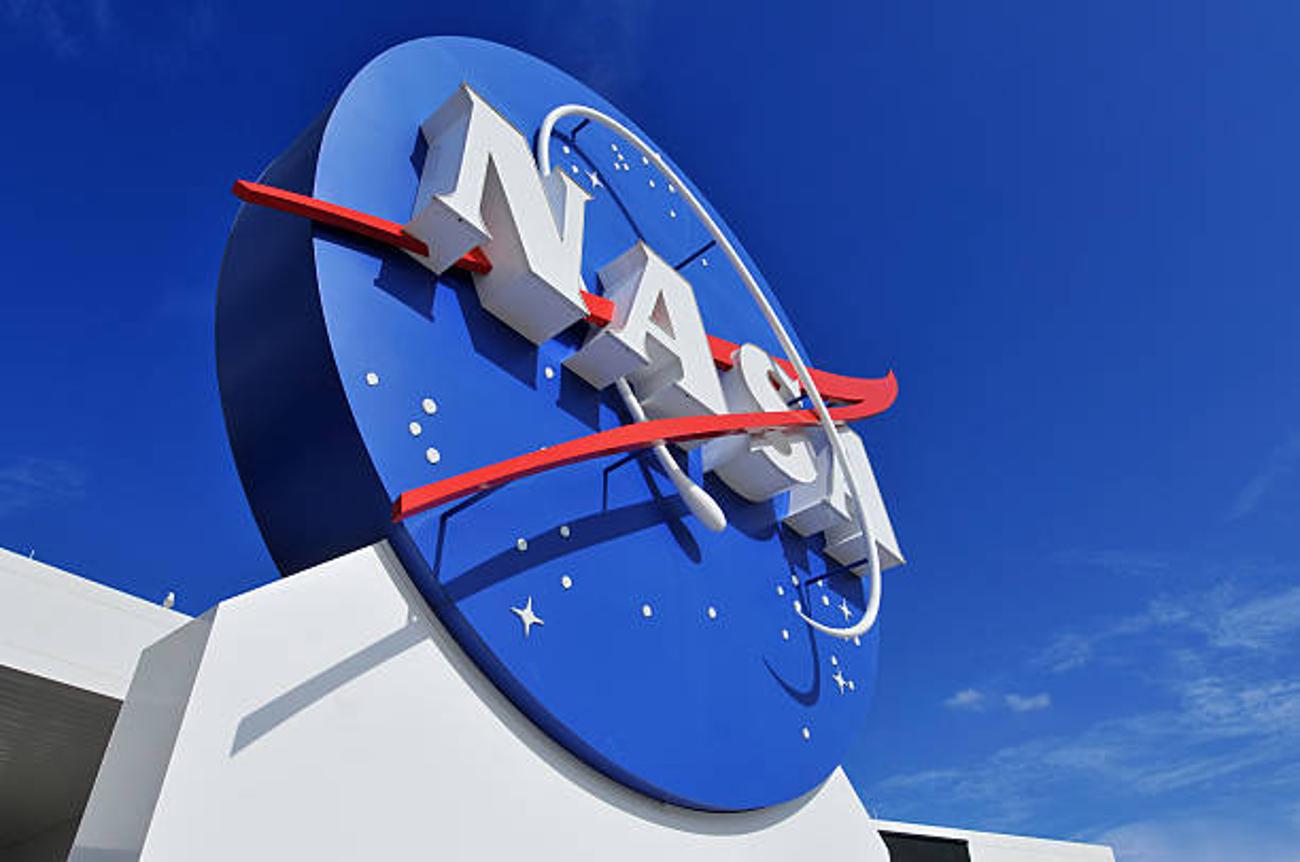Humans have always wondered about outer space. In ancient times, people revered and worshiped the planets and the stars as deities, but once humans began to understand what these strange shapes in the sky really were, our curiosity grew and we began to fantasize that real living beings were out there.
Since man first stepped on the moon, space programs from around the world have been working tirelessly to send more humans to space, and specifically, to Mars. But NASA has reported that their Mars mission isn’t going to plan; in fact, they may have to cancel it completely.
The Mysteries of Mars

One of the reasons why Mars has always held human curiosity is because it is the most similar planet to our own. Like Earth, Mars has clouds, wind, seasonal weather patterns, volcanoes, canyons, ice caps, and even 24-hour day cycles.
For all of these reasons, many people believe that there may have once been life like ours on Mars, and finally, humans have the technology to find out for sure.
Astronauts Found a Giant Lake on Mars

The Jezero Crater is a 27-mile-wide crater on Mars. It had been observed by orbiters for years, and photographs taken led space programs such as NASA to believe they were looking at a large ancient lake.
As everyone knows, water is almost always synonymous with life. Therefore, scientists began to hypothesize that if there was ever life on Mars, there would be evidence at the Jezero Crater.
Exploring the Jezero Crater

On February 18, 2021, NASA landed the Perseverance rover in the Jezero Crater. For three years, the rover has been collecting samples of the rock and soil in the crater, hoping to find the evidence of life humans have always been searching for.
The rover has since been depositing several of the tubes containing the important samples along the surface of the red planet, while others are being stored inside its internal compartment.
The Mars Sample Return Mission

Perseverance does not have the capacity to ever leave Mars, which means that NASA needed to figure out a way to collect the samples the rover has been stockpiling over the past several years.
Therefore, they started planning the Mars Sample Return, referred to as the MSR, which NASA has said is as important as it is complicated. To complete this mission, NASA will have to land a spaceship that can take off again from the surface and return to Earth, a feat that has never been completed before.
What Will Be in the Samples From Mars?

Even if NASA can complete this wildly complex and difficult mission, they still don’t know what they will find within the sample tubes the rover collected.
However, they are desperately hoping that the soil will contain at least fragments of fossilized microbes that would prove there was once life on planet Mars.
Humans Have Tried to Analyze the Soil on Mars Before

This isn’t the first time humans have tested Mars’ soil for the remnants of life. A NASA spacecraft landed on the red planet in 1976 and analyzed several soil samples while there, but it didn’t find any conclusive evidence.
Additionally, some fragments of Mars have landed on Earth thanks to colliding asteroids. However, these bits have been all but destroyed when they entered the atmosphere, so they gave no hints as to the actual composition of the planet.
NASA May Have to Cancel the MSR

Even though the thought of holding a fresh and viable sample of Mars’ ancient surface is extremely exciting, nearly three years after the Perseverance landed, NASA has announced that it’s not sure they have the capacity to complete the mission.
The sample return mission has fallen extremely behind schedule and has cost more than double than they originally estimated. NASA chief Bill Nelson recently called the current state of the MSR “unacceptable.”
NASA Has Spent Nearly Its Entire Budget on the MSR

NASA announced at the same time that they now believe the MSR will cost the organization a whopping $11 billion, which is the better part of their budget.
Many astronomers and other scientists are quite disappointed in NASA’s decision to dedicate the majority of its funding to this one project that they don’t even know will elicit conclusive results.
Other NASA Projects Could Do More Than Satisfy Our Curiosity

Because the MSR mission is costing more money and taking much longer than expected, NASA has announced that it will delay the construction of a telescope that will monitor asteroids near earth and a mission to study the Earth’s ever changing atmosphere.
And many argue these two missions are unquestionably more important to the lives of humans than finding out if life existed on Mars some 3.5 billion years ago.
NASA Wants to Ensure the USA Wins the Space Race to Mars

However, even NASA is certainly concerned about the state of the project, they don’t want to give up. Instead, they’re hoping that private space companies, like Elon Musk’s SpaceX will offer funding as well as “quicker and cheaper” options to complete MSR within the next few years.
It’s important to note that the reason why NASA is in such a rush to complete the Mars Sample Return mission is because China is currently working on an identical project and they have announced their samples will be back on Earth by 2030. Even though the entire human race wants answers, the Space Race is still happening. Each nation wants to be the one to tell the world there is life outside our planet.
Will NASA Cancel the MSR Project?

As of May 2024, NASA has not canceled or even postponed the MSR project. Although many people believe that the mission is all but falling apart, the organization wants to win and will likely continue funding this expensive and possibly futile mission until Congress stops them.
If the samples do eventually make their way back to Earth and tell us nothing, those naysayers will happily say “I told you so,” but if they come back and prove that Mars was once home to some kind of life, the mission will be considered worth every penny.








































